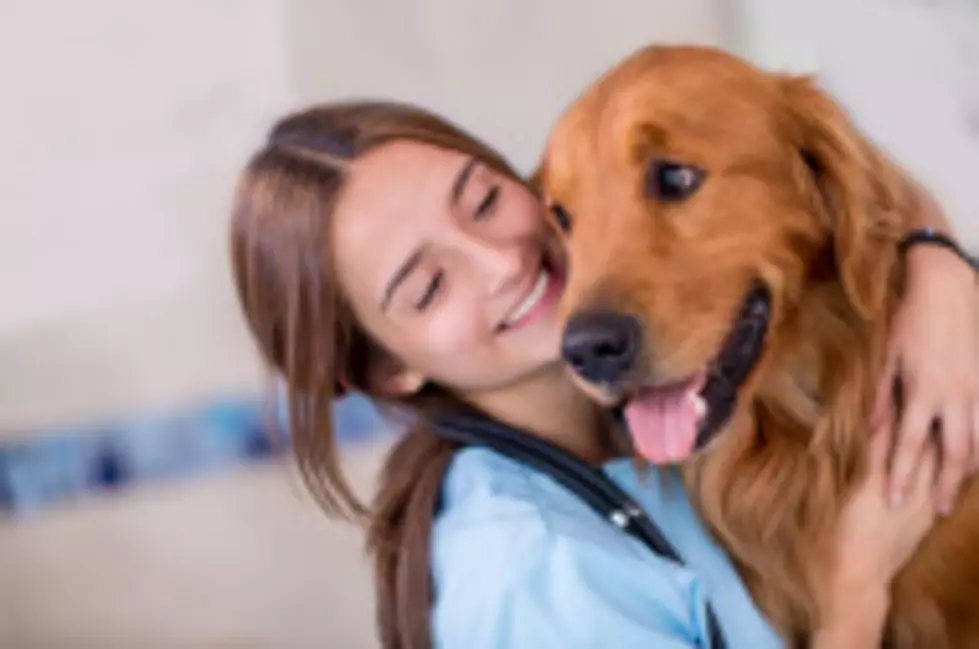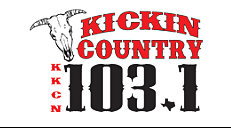
Wag-Tastic Pet Tip – Stop Your Dog From Chewing The Wrong Things
Sooner or later every dog lover returns home to find some unexpected damage inflicted by his or her dog or, more specifically, that dog's teeth. Although dogs make great use of their vision and sense of smell to explore the world, one of their favorite ways to take in new information is to put their mouths to work. humanesociety.org had some helpful tips to share with you.
Fortunately, chewing can be directed onto appropriate items so your dog isn't destroying things you value or jeopardizing his own safety.
Until he's learned what he can and can't chew, it's your responsibility to manage the situation as much as possible, so he doesn't have the opportunity to chew on unacceptable objects.
Puppies, like infants and toddlers, explore their world by putting objects in their mouths. And, like babies, they teethe for about six months, which usually creates some discomfort. Chewing not only facilitates teething but also makes sore gums feel better.
Adult dogs may engage in destructive chewing for any number of reasons. In order to deal with the behavior, you must first determine why your dog is chewing—and remember, he's not doing it to spite you. Possible reasons for destructive chewing include:
- As a puppy, he wasn't taught what to chew and what not to chew.
- He's bored.
- He suffers from separation anxiety.
- His behavior is fear-related.
- He wants attention.
Teach your dog what can be chewed and what can't. If you don't want it in your dog's mouth, don't make it available. Keep clothing, shoes, books, trash, eyeglasses and remote controls out of your dog's reach.Supervise your dog until he learns the house rules.
Give your dog plenty of physical and mental exercise. If your dog is bored, he'll find something to do to amuse himself and you probably won't like the choices he makes. On the other hand, a tired dog is a good dog, so make sure he gets lots of physical and mental activity.
If your puppy is teething, try freezing a wet washcloth for him to chew on. The cold cloth will soothe his gums.
Furniture and other items can be coated with a taste deterrent (such as Bitter Apple®) to make them unappealing for gnawing on.
Offer your dog a treat in exchange for the item in his mouth that you want him to let go of. As your dog catches on to this idea, you can add the command "Give" as his cue to release the object in exchange for the yummy treat.
Don't chase your dog. if he grabs an object and runs. If you chase him, you are only giving your dog what he wants. Being chased by his human is fun! Instead call him to you or offer him a treat.
Never discipline or punish your dog after the fact. If you discover a chewed item even minutes after it happened, you're too late. Animals associate punishment with what they're doing at the time they're being corrected. When you're angry and upset after the fact, your dog can't reason that out in their mind and scolding them will not only fail to eliminate the undesirable behavior, but it could also provoke other undesirable behavior.




